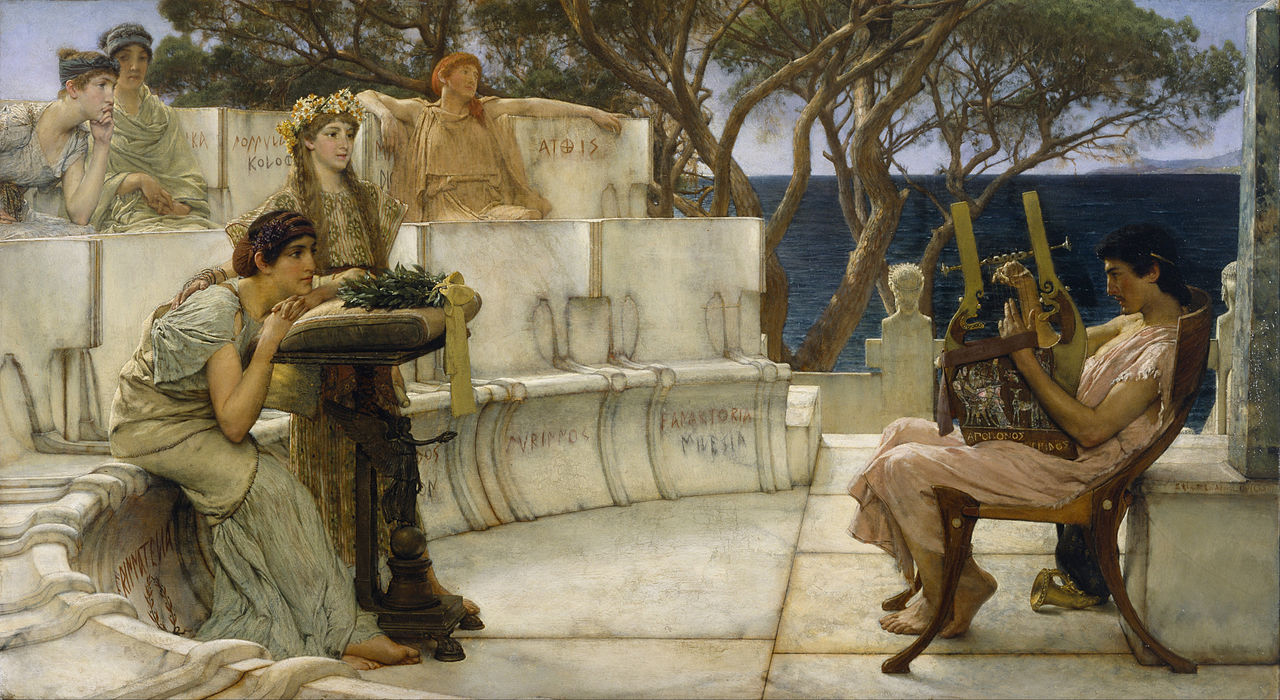The sad truth is that the world’s historical treasures are disappearing at an alarming rate. There are too many wars, too many environmental changes, and too many people who couldn’t care less about the cultures that came and went before us to keep up with preservation and restoration efforts.
Also, there are thieves who can make millions selling antiquities on the black market.
We know these 5 historical treasures are out there, but they’ve gone missing – and it will be a loss for all of us if they never turn up.
#5. Crown Jewels of Ireland

Photo Credit: Wikimedia Commons
On July 6, 1907, the “Crown Jewels of Ireland,” which included a diamond star and badge, were stolen. The same night, five collars of Knight Members of the Order of St. Patrick also disappeared without a trace.
They weren’t well-protected, and the ensuing investigation came to naught and, a century later, remains unsolved. There are a couple of theories as to why the investigation fizzled – one being that Edward VII ordered the investigation halted because it came too close to uncovering a sexual scandal, and the other that the castle’s second-in-command, Francis Shackleton, stole the jewels to help his famous brother, explorer Ernest Shackleton, fund his polar expedition.
The truth is, we’ll probably never know.
#4. Sappho’s Poems

Photo Credit: Wikimedia
Greek poet Sappho penned at least two volumes completely full of poems, according to ancient sources, but we have only a few hundred lines on shreds of papyrus and shards of pots. She was popular enough in antiquity to have been quoted in other sources, which helps, and as recently as 2014, more fragments have been discovered and identified in trash dumps and at archeological sites.
Here’s to discovering more – and to the people who find them acting responsibly with a true piece of treasure.
#3. Art from the Isabella Stewart Gardner Museum

Photo Credit: Wikimedia
The Boston Museum is home to many priceless works of art…and the biggest unsolved art theft in history.
On March 18th, 1990, two men claiming to be police officers entered the museum, handcuffed the guards, and stole 13 works of art worth over $500 million.
The works include a Vermeer, Rembrandt, Degas, and a Manet, among others, and there is still a reward of $10 million offered for information in the case. The frames of the missing pieces are kept empty as a reminder that the crime remains unsolved, the priceless pieces still in the wind.
#2. The Florentine Diamond

Photo Credit: Wikimedia
Legend says that Duke of Burgundy Charles the Bold carried a 132+ carat yellow diamond into the 1477 Battle of Nancy as a talisman. It didn’t work, and when his body was recovered after the battle, the diamond had been pilfered by a scavenger who had no idea what he was holding.
Research in the 1920s largely debunked the legend, as the gem originated in southern India and remained in the region until the Portuguese took over in the 1500s. From there, the diamond travelled to Europe and spent time in the collections of several well-known men – Ferdinand de’ Medici and the Duke of Tuscany, to name a few. Though it originated in India, it got its name from the time it spent in Florence. We also know that in 1601, it was a 126 carat, rose-cut diamond.
When the last of the Medici ruling family died in 1743, she bequeathed the diamond to the Tuscan state, but it was sold to Francis Stephan of Lorraine, who bought it for his wife, Empress Maria Teresa. It remained part of the crown jewels in Vienna until the collapse of the Austro-Hungarian Empire after WWI, which is when its history begins to get fuzzy.
The diamond, at this point, is believed to have been carried by exiled emperor Charles I into Switzerland.
It only gets more vague from there, and no one knows where the diamond is today. There are many theories, the most popular of which is that it was sold and cut into smaller stones, but with no real trace of it for the past hundred years, the chances of anyone setting eyes on it again seems unlikely at best.
#1. The Amber Room

Photo Credit: Wikimedia
In the 18th century, German sculptor Andreas Schluter and Danish amber artist Gottfried Wolfram created the Amber Room of Catherine Palace. It was slathered in jewels, gilding, and of course, the famous amber panels and was sometimes referred to as the “Eighth Wonder of the World.” The artists gifted the room to Russia and it quickly became the pride of St. Petersburg.
The Russians tried to hide the treasure behind wallpaper as the German army neared St. Petersburg during WWII, to no avail – the Germans took the room apart piece by piece and reinstalled it in the Konigsberg castle museum…for a while.
After that, its fate is unknown. Some believe it must have been destroyed during the war, while others think it’s hidden somewhere with other Nazi-stolen art and artifacts that have never been recovered. Even though verified remnants have surfaced – even recently – most of it remains missing.
h/t: Mental_Floss
